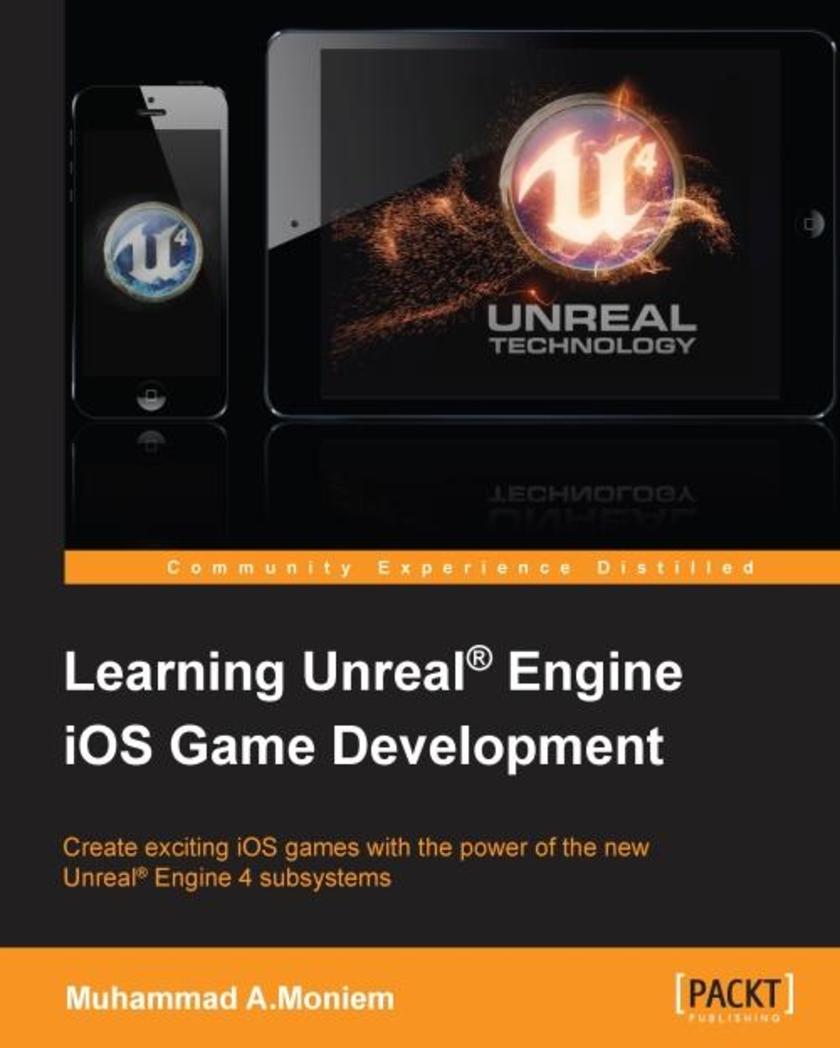
Learning Unreal? Engine iOS Game Development
¥80.65
If you are a game developer, designer, artist, or a beginner in the gaming industry, and want to make iOS games efficiently at a low cost, this book is ideal for you.
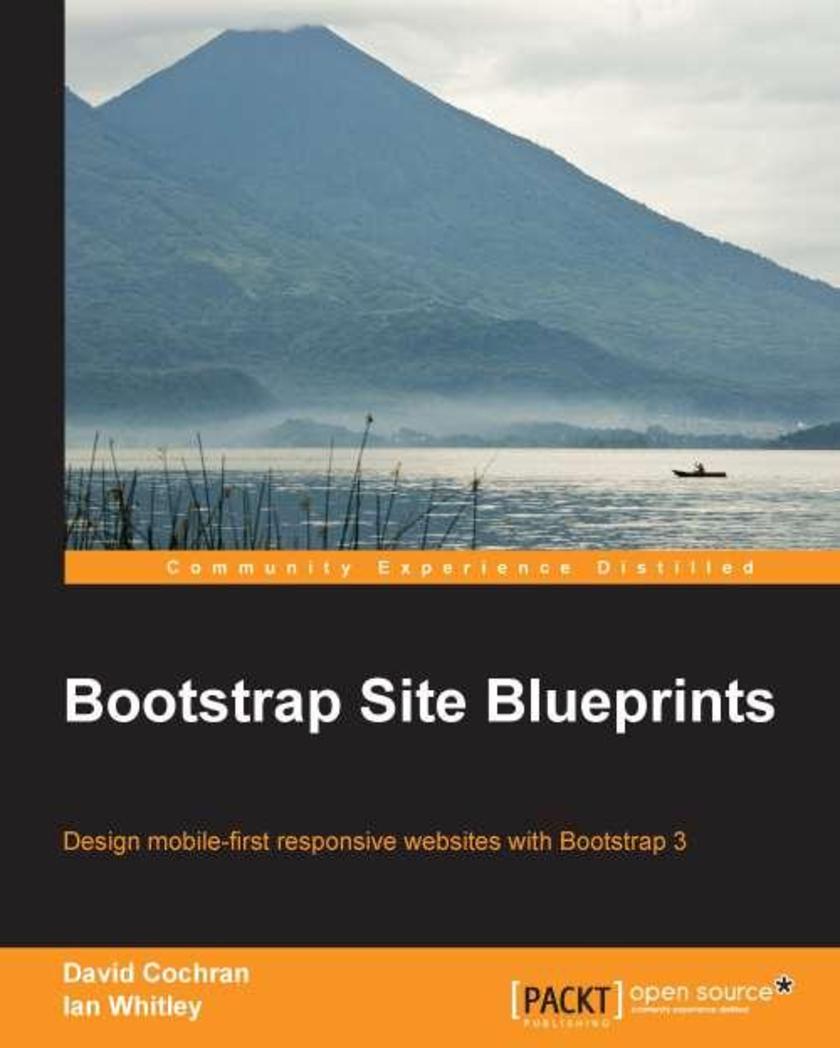
Bootstrap Site Blueprints
¥80.65
A handson guide with projects based on fictitious, but common, application development briefs, which will illustrate practical ways of applying responsive web design with Bootstrap. Whether you are a beginner or intermediate web developer, if you wish to make the most of Bootstrap, then this book is for you. You should be familiar with the fundamentals of HTML and CSS, and have some experience incorporating JavaScript plugins. Prior Bootstrap experience is optional.
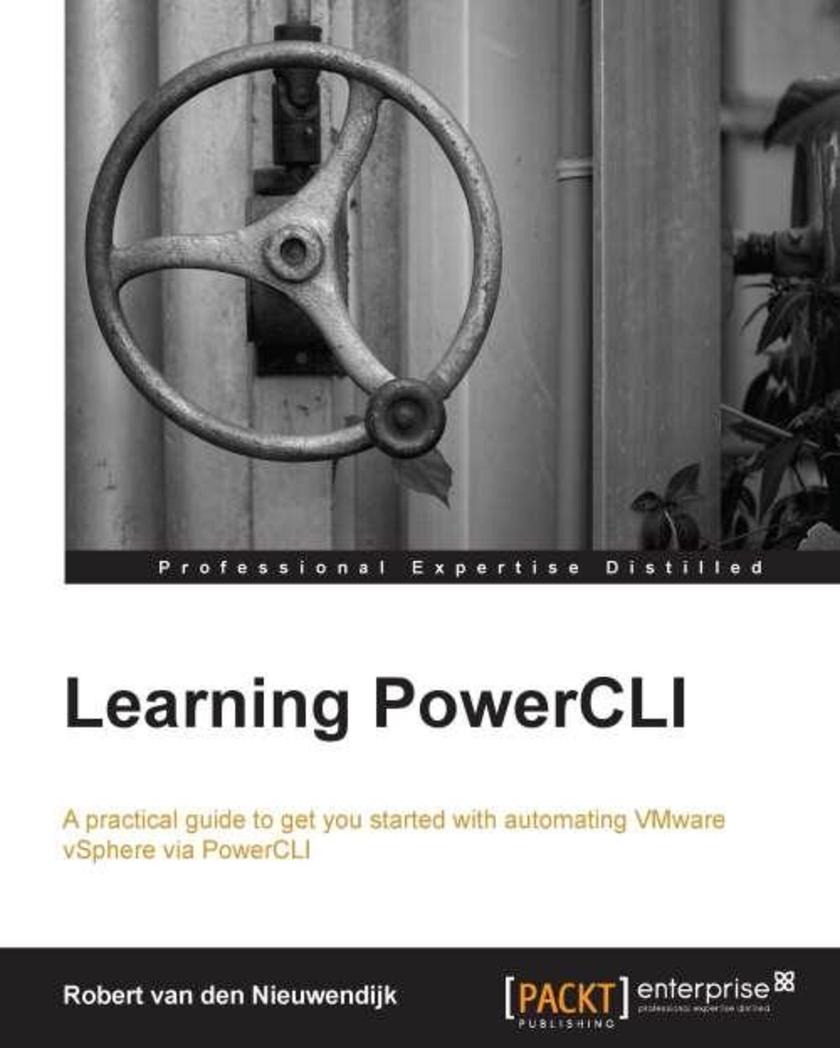
Learning PowerCLI
¥80.65
"Learning PowerCLI" is written in a friendly and practical style with a focus on getting you started and automating daily tasks quickly and efficiently. If you manage or administrate a vSphere environment, and want to make that easier and more efficient, then this book is for you! This book is ideal for you if you want to learn how to automate your VMware vSphere infrastructure, by getting the most out of PowerCLI. It’s assumed that you have some experience in administrating a VMware vSphere environment. Knowledge of Microsoft’s Windows PowerShell is not a prerequisite.
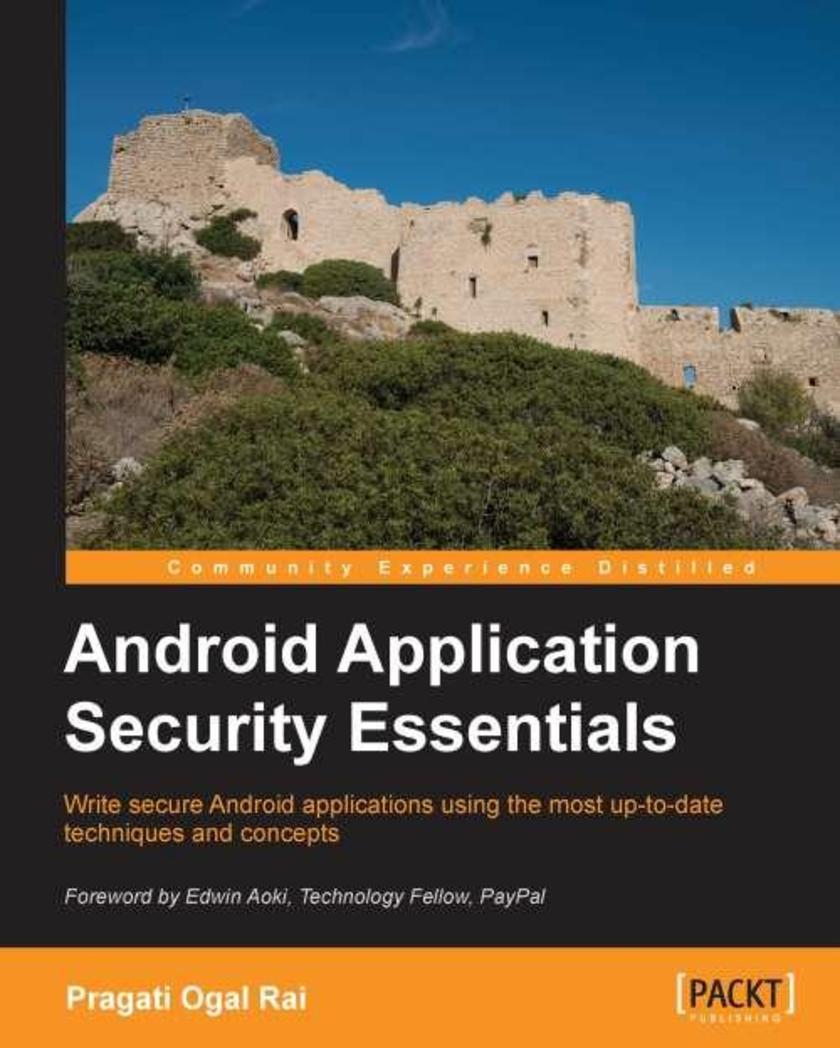
Android Application Security Essentials
¥80.65
Android Application Security Essentials is packed with examples, screenshots, illustrations, and real world use cases to secure your apps the right way.If you are looking for guidance and detailed instructions on how to secure app data, then this book is for you. Developers, architects, managers, and technologists who wish to enhance their knowledge of Android security will find this book interesting. Some prior knowledge of development on the Android stack is desirable but not required.

WooCommerce Cookbook
¥80.65
If you have ever built or managed a WordPress site and want to add e-commerce functionality into your site, WooCommerce and this book are perfect for you. Learning how to use WooCommerce through this series of recipes will give you a solid platform to add any future e-commerce needs.
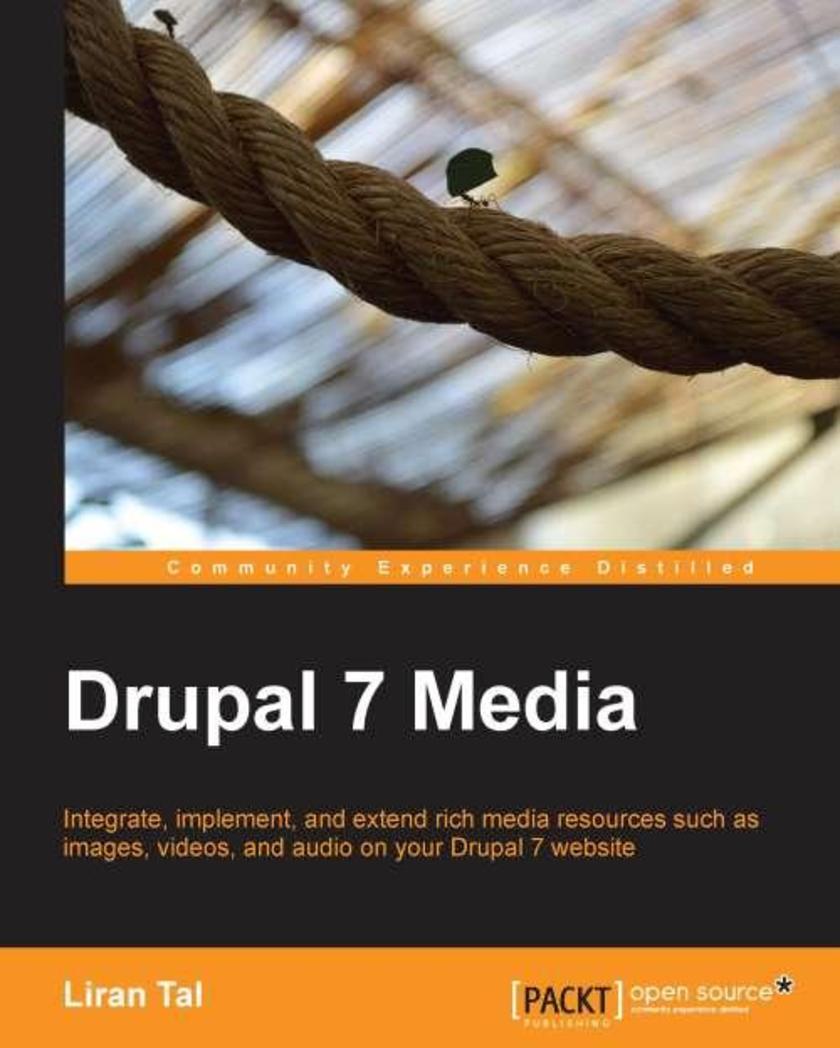
Drupal 7 Media
¥80.65
This is a practical, hands-on guide packed with examples that will help you build rich Drupal 7 media web applications.If you are a Drupal site builder and you wish to spice up your web applications with rich media content, then this book is for you. A basic understanding of HTML, JavaScript, and basic PHP module development in Drupal would be helpful, but is not necessary.

Multimedia Programming with Pure Data
¥80.65
A quick and comprehensive tutorial book for media designers to jump-start interactive multimedia production with computer graphics, digital audio, digital video, and interactivity, using the Pure Data graphical programming environment.An introductory book on multimedia programming for media artists/designers who like to work on interactivity in their projects, digital art/design students who like to learn the first multimedia programming technique, and audio-visual performers who like to customize their performance sets
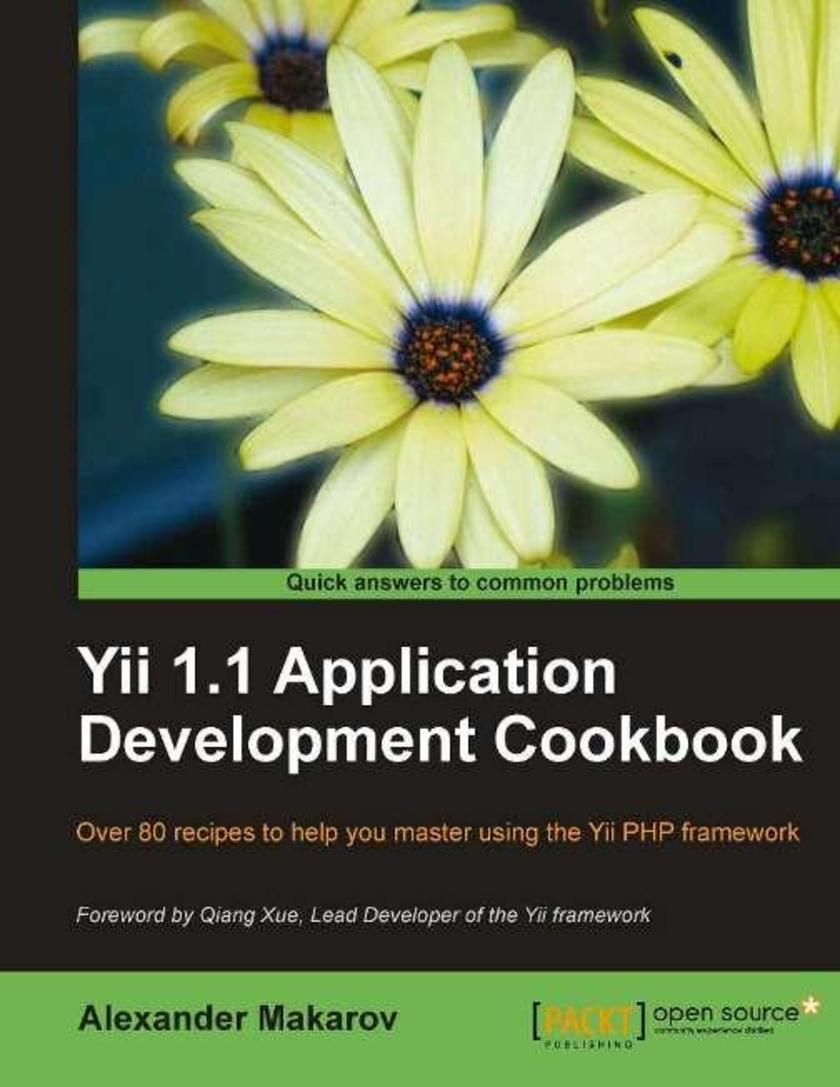
Yii 1.1 Application Development Cookbook
¥80.65
This book is a collection of Yii recipes with chapters generally independent of each other. It is full of practically useful solutions and concepts explained with code and the required pictorial illustrations. If you are a developer with a good knowledge of PHP5, are familiar with the basics of Yii, and have tried to develop applications using Yii, then this book is for you. Knowledge of the object oriented approach and MVC pattern will be a great advantage as Yii uses these extensively.
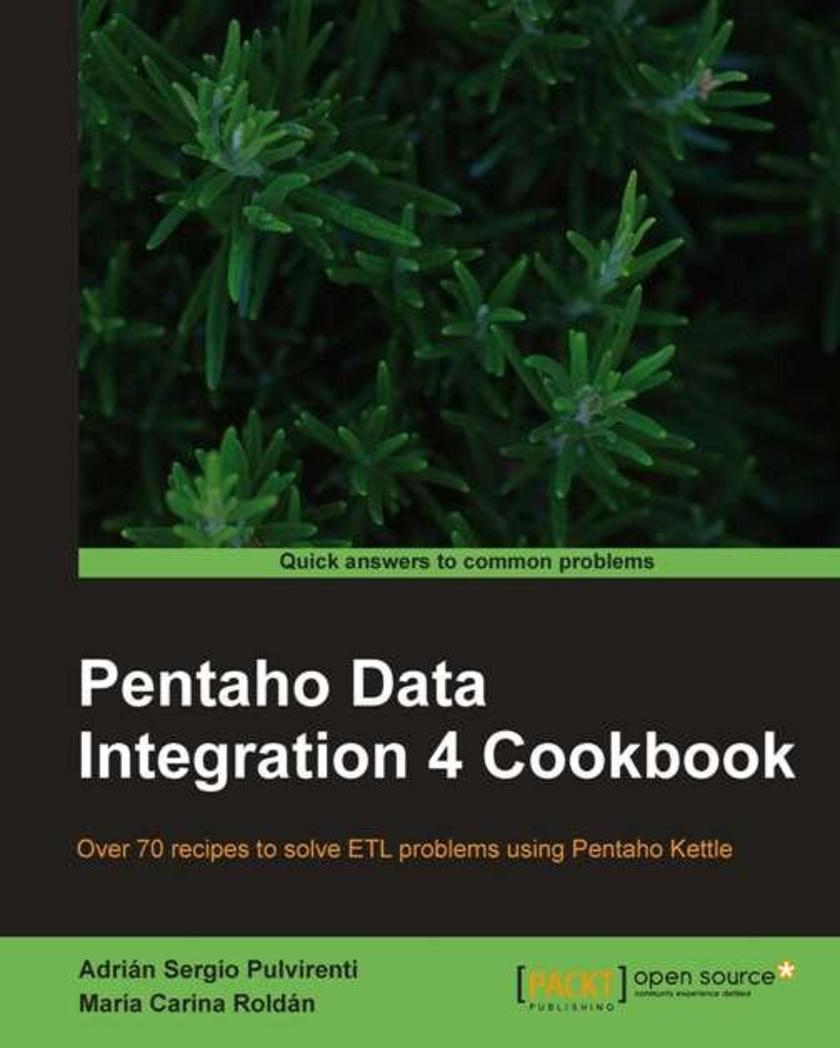
Pentaho Data Integration 4 Cookbook
¥80.65
This book has step-by-step instructions to solve data manipulation problems using PDI in the form of recipes. It has plenty of well-organized tips, screenshots, tables, and examples to aid quick and easy understanding. If you are a software developer or anyone involved or interested in developing ETL solutions, or in general, doing any kind of data manipulation, this book is for you. It does not cover PDI basics, SQL basics, or database concepts. You are expected to have a basic understanding of the PDI tool, SQL language, and databases.
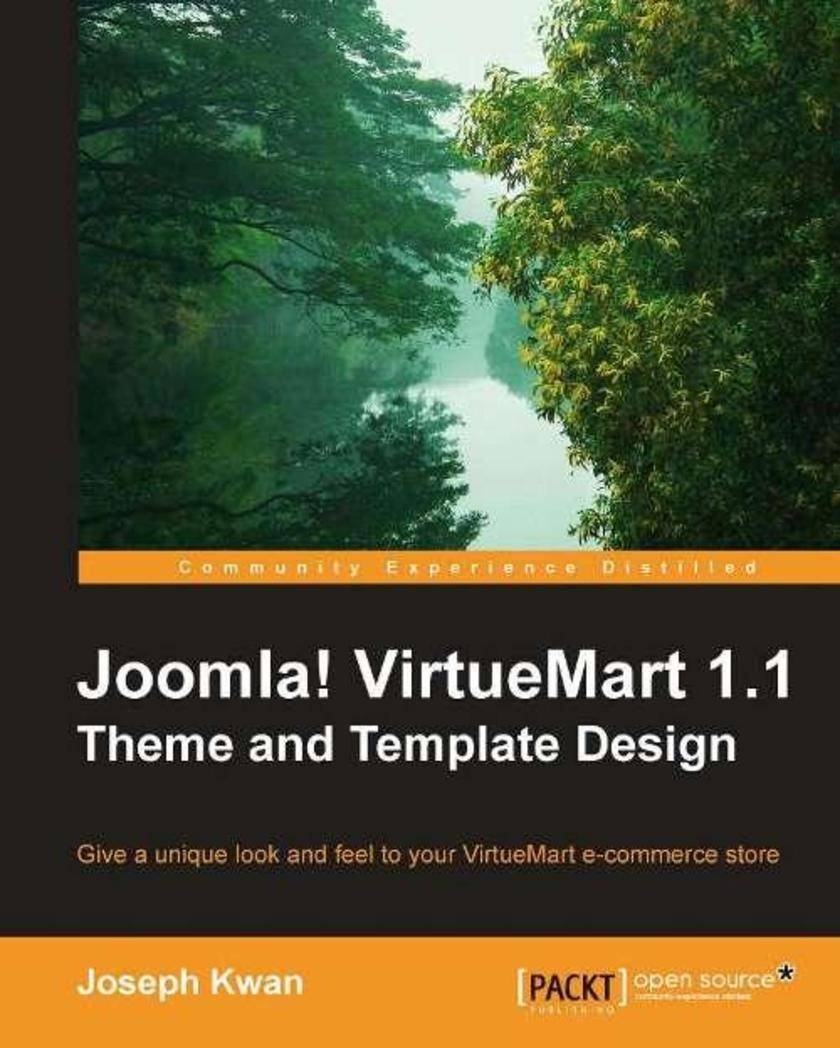
Joomla! Virtuemart 1.4 Theme and Template Design
¥80.65
This book is a step-by-step tutorial that will teach you to customize VirtueMart templates and themes. It includes all the essential screenshots and code with exhaustive explanations accompanied by exercises to ensure good pickup.You may be the owner of a Joomla! VirtueMart web store or a designer working with Joomla! VirtueMart. If you want to customize VirtueMart to unleash its enormous potential and elevate your store to the next level, this book is for you. You must have some experience with VirtueMart and understand its basic features. You also need to know HTML and should be comfortable taking up some challenges in PHP and JavaScript programming.
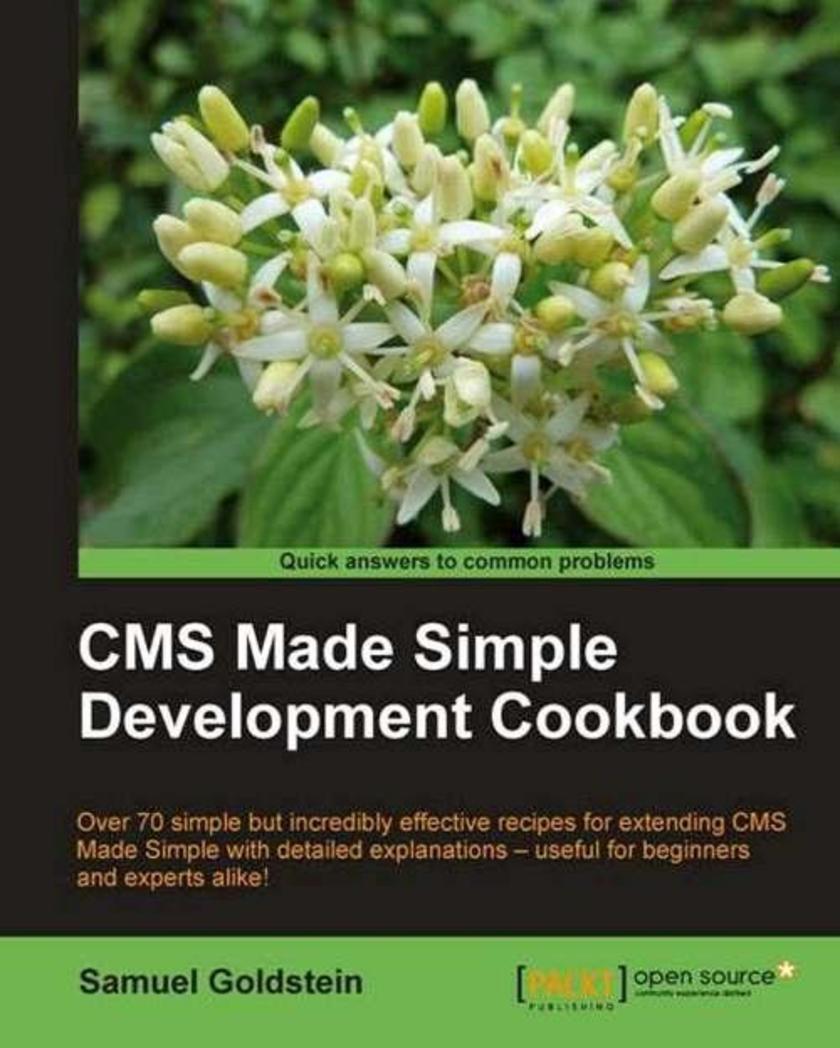
CMS Made Simple Development Cookbook
¥80.65
This is a cookbook, with practical recipes providing tips and tricks to the most common problems and scenarios faced with CMS Made Simple Development. If you are a CMS Made Simple user wanting to expand your skill set, or a programmer who wants to develop for CMS Made Simple, this book is for you. You will need working knowledge of PHP, HTML, and SQL. Some experience with CMS Made Simple is recommended.
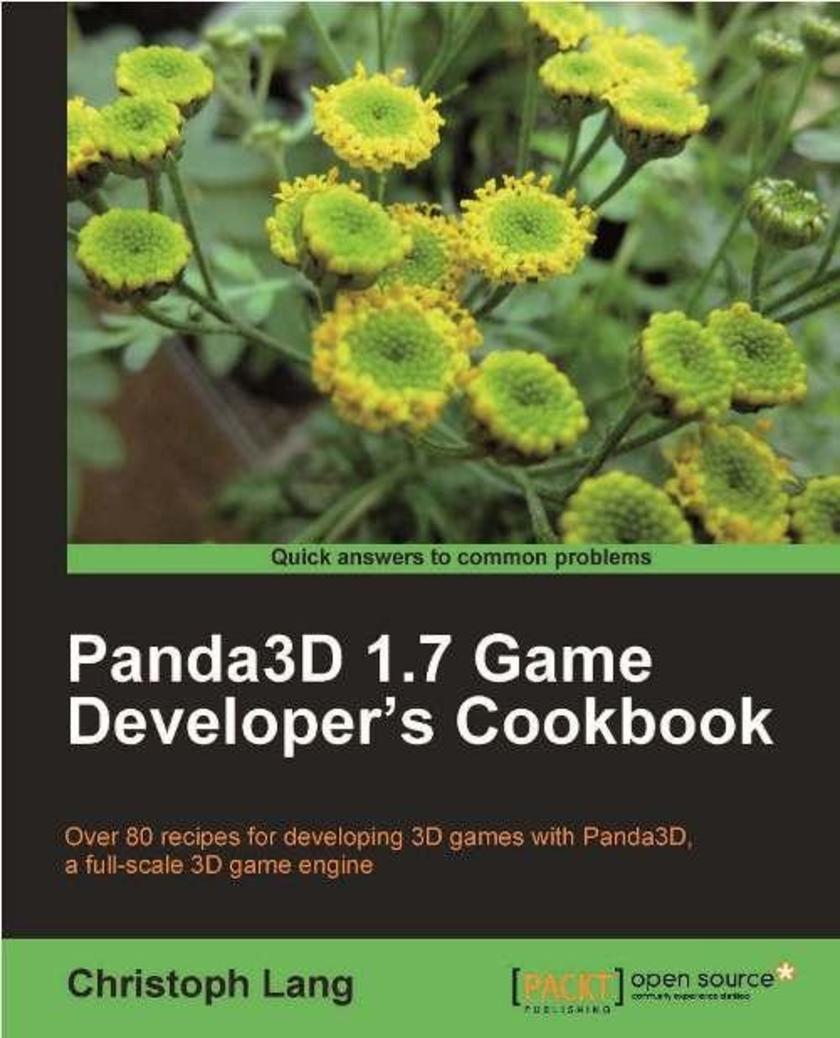
Panda3d 1.7 Game Developers Cookbook
¥80.65
This is a cookbook with over 80 recipes offering solutions to common game development problems with Panda3D with explained sample code and screenshots added in. If you are a developer with experience in Python, Panda3D, and optionally C++ and shading languages and you are looking for quick and easy to integrate solutions to common game development problems with Panda3D, this book is for you.

pfSense 2 Cookbook
¥80.65
This book is written in a cookbook style. Each chapter consists of recipes, each of which is composed of step-by-step instructions to complete a particular task. Each recipe also includes tips, alternatives, and references to other recipes or appropriate external sources. The book can be explored chapter by chapter or in no particular order. This book is intended for all levels of network administrators. If you are an advanced user of pfSense, then you can flip to a particular recipe and quickly accomplish the task at hand, while if you are new to pfSense, you can read chapter by chapter and learn all of the features of the system from the ground up.

LaTeX beginners Guide
¥80.65
Packed with fully explained examples, LaTeX Beginner's Guide is a hands-on introduction quickly leading a novice user to professional-quality results. If you are about to write mathematical or scientific papers, seminar handouts, or even plan to write a thesis, then this book offers you a fast-paced and practical introduction. Particularly during studying in school and university you will benefit much, as a mathematician or physicist as well as an engineer or a humanist. Everybody with high expectations who plans to write a paper or a book will be delighted by this stable software.
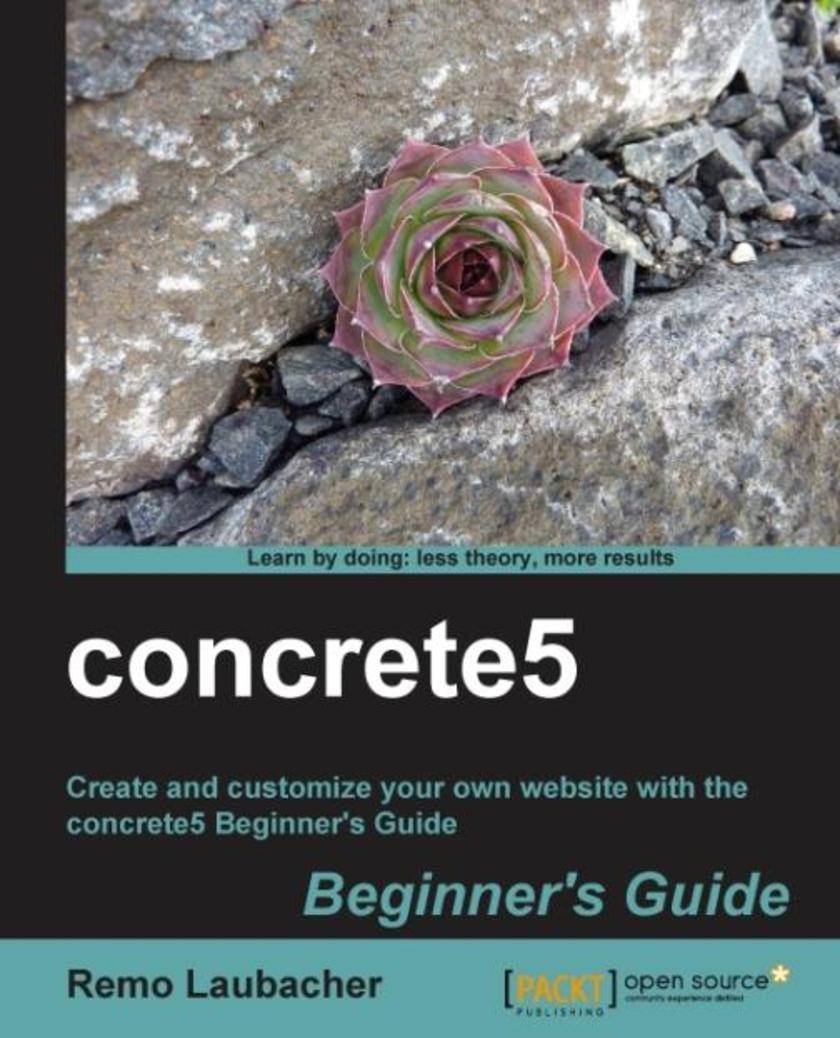
concrete5 Beginners Guide
¥80.65
Create and customize your own website with the Concrete5 Beginner's Guide
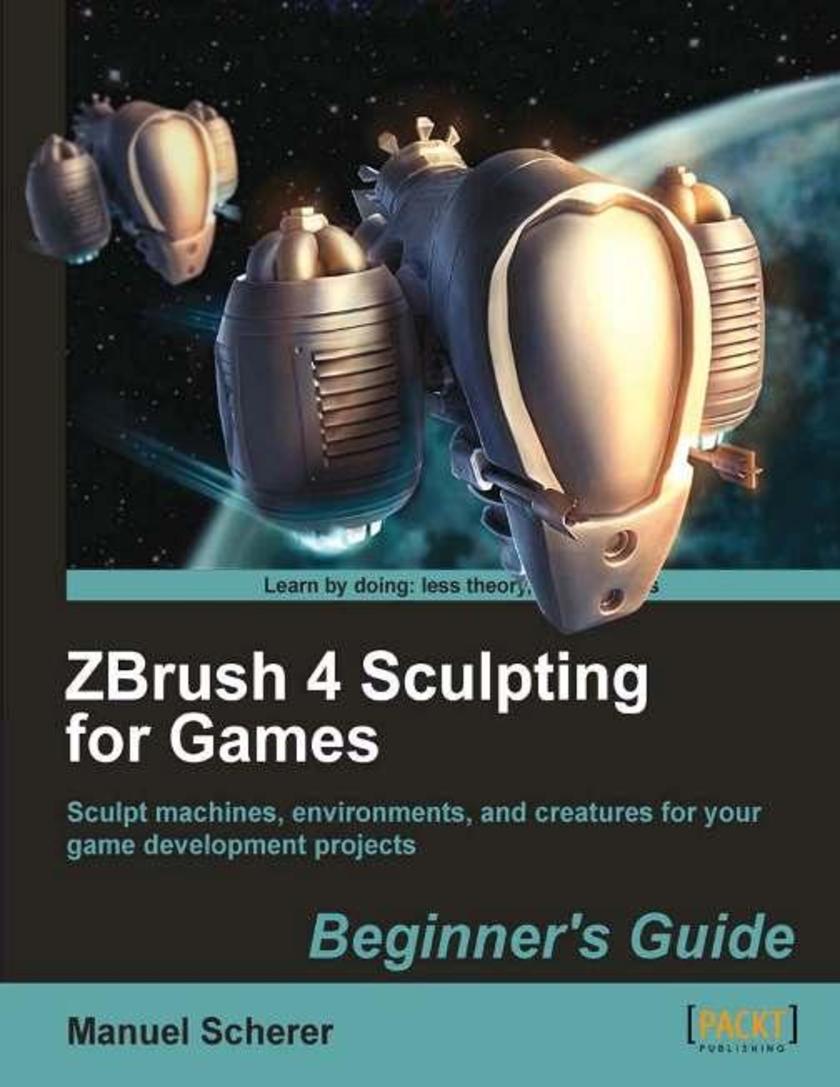
ZBrush 4 Sculpting for Games
¥80.65
This guidebook is built around four complex example projects with clear step-by-step instructions followed by useful explanation, advice, and handy reference material. It is richly illustrated with a friendly, informal writing style. If you want to get started fast using ZBrush for games then this is the book for you. This book is for all digital artists or game developers who want to create their own 3D sculptures in ZBrush. No experience with ZBrush is required – it's suitable for complete beginners and intermediate users.
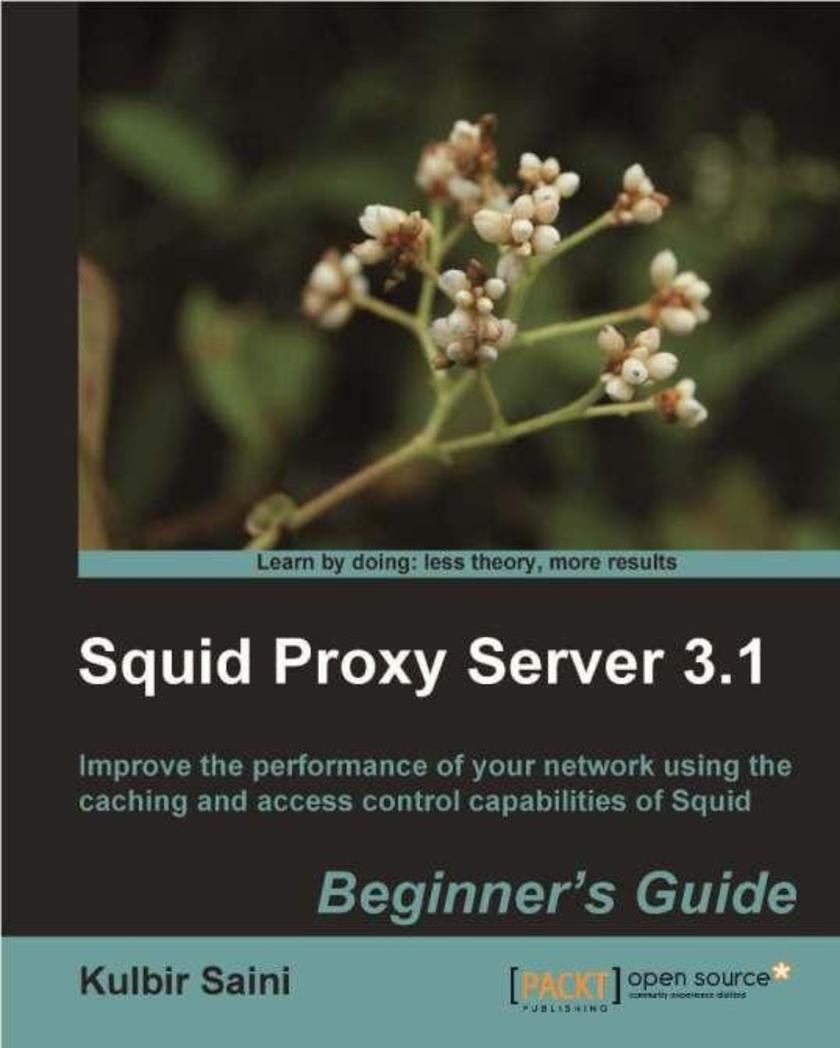
Squid Proxy Server 3.1: Beginner's Guide
¥80.65
Part of Packt's Beginner's Guide Series, this book has lots of screenshots and step-by-step instructions to help you get to grips with the techniques as quickly as possible. Each chapter is dedicated to a different aspect of the Squid proxy server, so you will have a thorough understanding of how everything works and how it is connected by the end of the book. If you are a Linux or Unix system administrator and you want to enhance the performance of your network or you are a web developer and want to enhance the performance of your website, this book is for you. You are expected to have some basic knowledge of networking concepts, but may not have used caching systems or proxy servers before now.
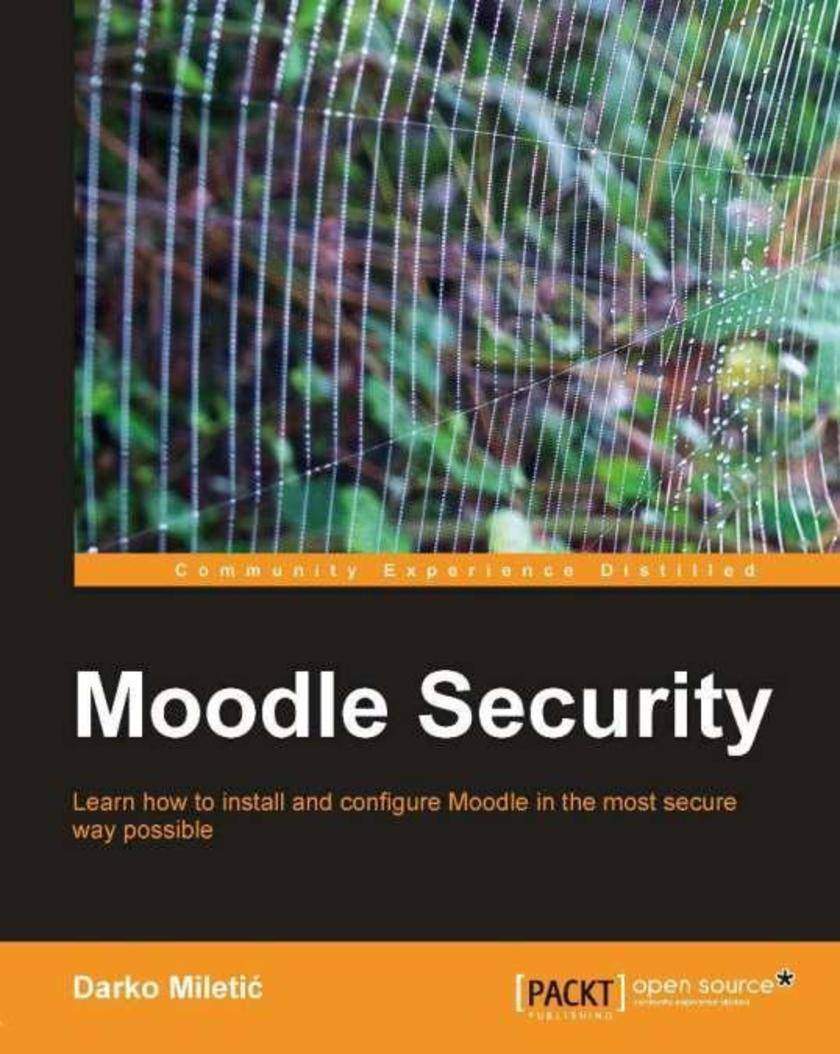
Moodle Security
¥80.65
Moodle Security is packed with practical examples, which guide you through optimizing the protection of your Moodle site. Each chapter covers a different security threat and how to secure your site against it. You will also find recommendations for what is best for your particular system and usage. If you are in charge of Moodle – whether you are an administrator or lead teacher – then securing it is one of the most important things that you can do. You need to know the basics of working with Moodle, but no previous experience of system administration is required.
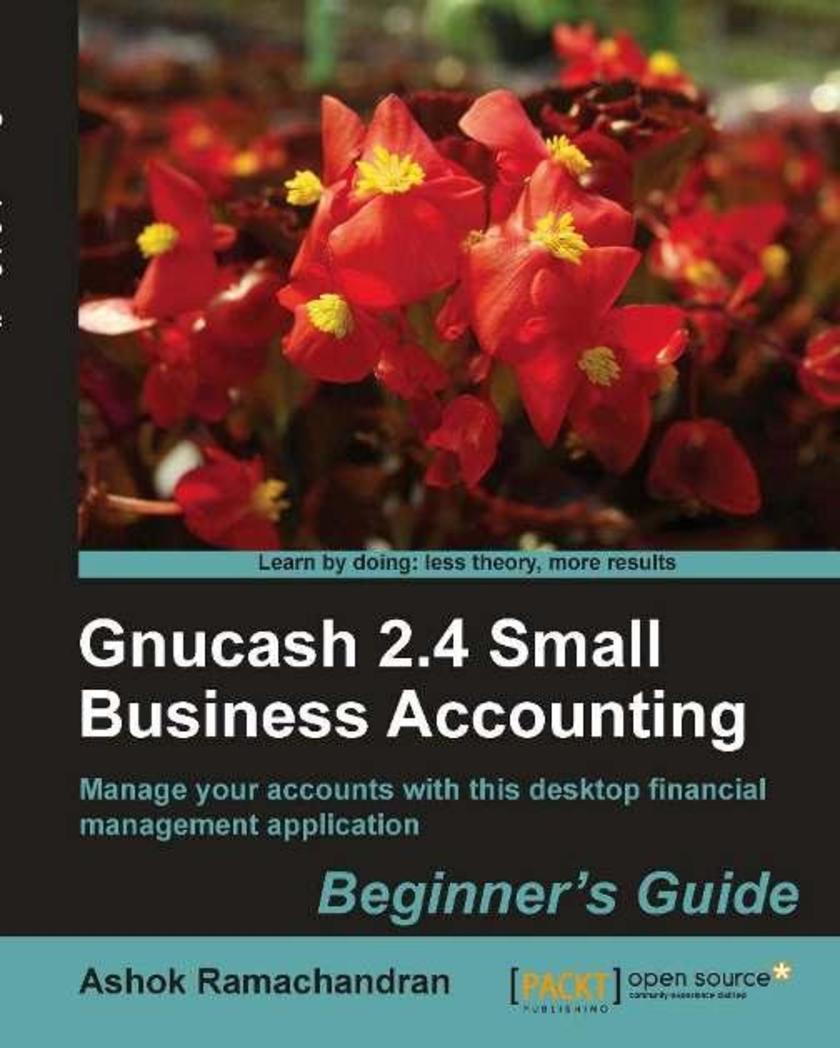
Gnucash 2.4 Small Business Accounting: Beginner's Guide
¥80.65
This book is a comprehensive beginner's guide that teaches you to use GnuCash from scratch with jargon-free step-by-step tutorials packed with tips. There are multiple choice questions to make learning more interesting and additional challenges thrown at the more adventurous user for a deep grasp of the topic. This book is written for you – the self-employed, the owner, partner or leader of micro-enterprises, home businesses, Small Office/Home Office (SOHO), and other small businesses – to help you maintain your books of accounts using GnuCash. This book is also for you – office-bearers of non-profits and students who want to learn accounting hands-on. If you are using a spreadsheet to maintain your business books and are wasting time, or you are handing over a shoe box of receipts to your high-priced accountant or are using another accounting application that is overkill for small business, get this book and download GnuCash.
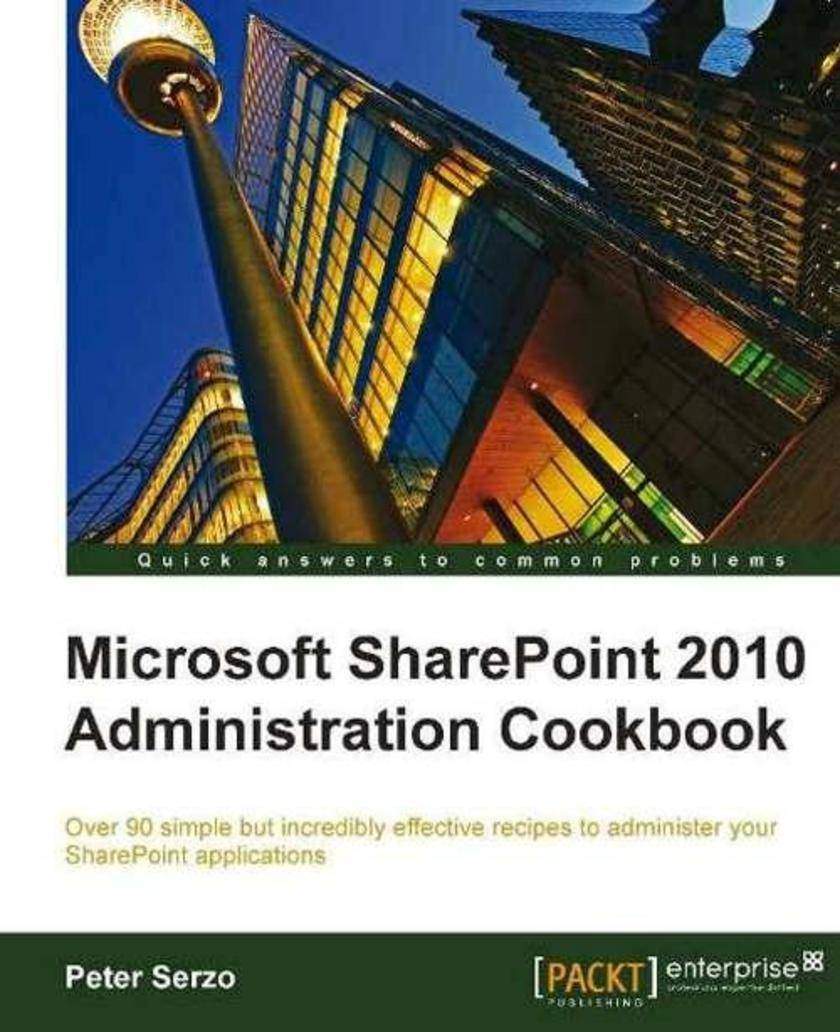
Microsoft SharePoint 2010 Administration Cookbook
¥80.65
Microsoft SharePoint 2010 Administration Cookbook contains step-by-step instructions for SharePoint administrators to gain control of their SharePoint environment. The book is designed so that you can refer to it chapter by chapter, or you can look at the list of recipes and read those that interest you in no particular order. If you are a SharePoint Administrator looking for solutions to the many problems faced while managing SharePoint, then this book is for you. It is written for SharePoint administrators who are either already working on SharePoint, or have recently started working and eager to learn more about SharePoint administration. You need to have some basic knowledge of SharePoint in order to follow the recipes in this book.
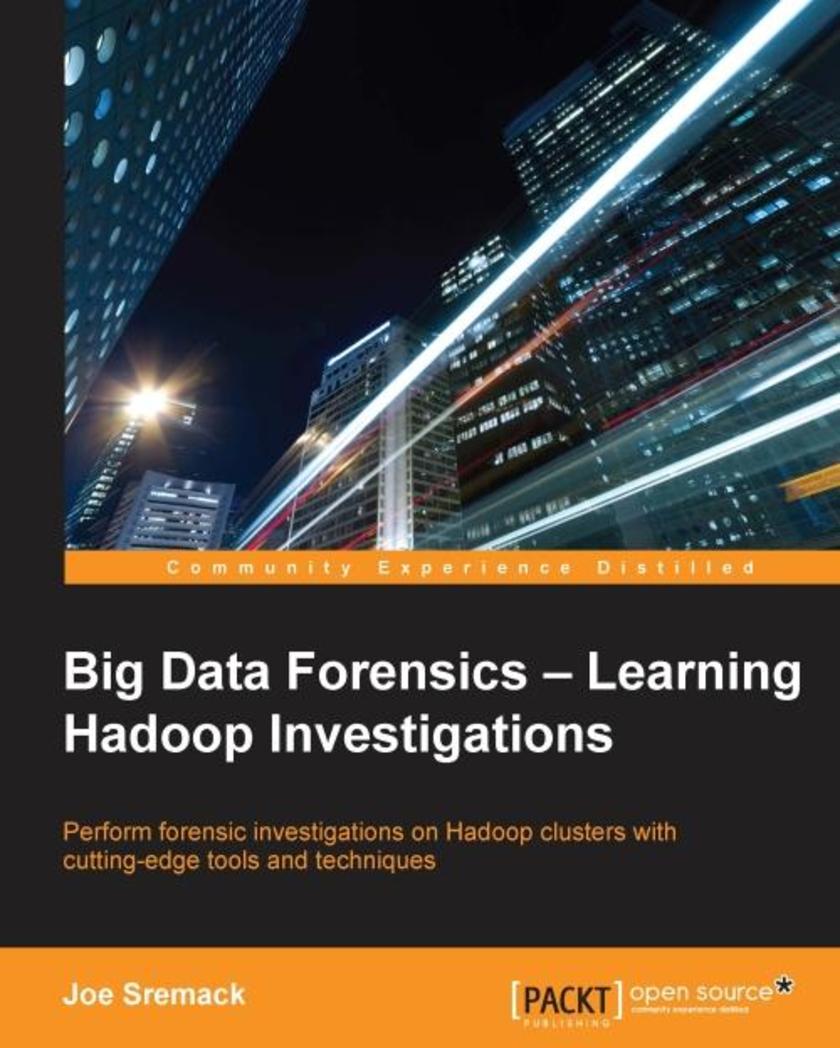
Big Data Forensics – Learning Hadoop Investigations
¥80.65
If you are an IT professional, law enforcement, legal professional, or a student interested in Big Data and forensics, this book is your hands-on guide for learning how to conduct Hadoop forensic investigations. Each topic and step in the forensic process is described in accessible language, and no prior experience is required.




 购物车
购物车 个人中心
个人中心



